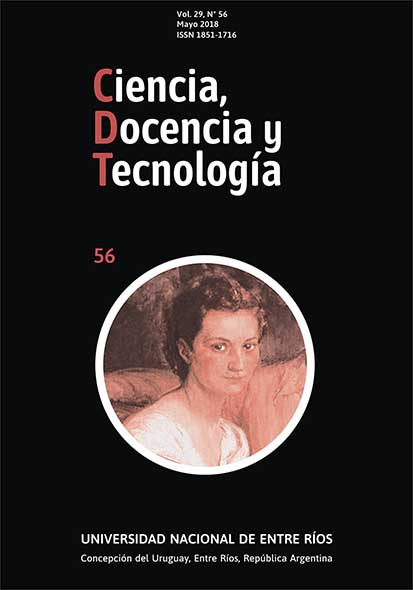Abstract
The progressive increase in the generation of waste electrical and electronic equipment -WEEE- is proportional to the evolution of technology, this entails negative environmental implications, given by the needs, of modern society, the consumerism of technology and the uncontrolled appropriation of raw materials, within the framework of urban metabolism. In accordance with that mentioned above, alternatives are proposed, such as urban mining and the circular economy, which would improve the efficiency in the use of resources and the reuse of materials. With the collection, segregation, treatment and recycling of WEEE, it would help to lower the pollutant load and reduce the extraction of minerals, actions to which the environment is exposed.
References
Akcil, A. (2016). WEEE: Booming for sustainable recycling. Waste Management, 57, 1–2. https://doi.org/10.1016/j.wasman.2016.10.014
Cossu, R., & Williams , I. D. (2015). Urban mining: Concepts, terminology, challenges. Waste Management(45), 1-3.
Delgado, G. C. (Marzo-Abril de 2013). ¿Por qué es importante la ecología política? Nueva Sociedad (244).
Delgado, G. C. (2013). Costos ecológicos de la minería aurífera a cielo abierto y resistencia social: una lectura desde el proyecto Caballo Blanco en México . Intersecciones en Antropología , 14.
Ditrendia. (2016). Informe ditrendia 2016: Mobile en España y en el Mundo.
Ergun, D., & Gorgolewski, M. (2015). Inventorying Toronto’s single detached housing stocks to examine the availability of clay brick for urban mining. Waste Management(45), 180-185.
Eurostat. (2016). Waste statistics - electrical and electronic equipment. Eurostat statistics explained.
Fernández, G. (2013). Hacia una Era Electrónica-Digital sostenible. En Minería Urbana y la Gestión de los Residuos Electrónicos (págs. 2-33). ISALUD.
Fischer, M., & Haberl, H. (Agosto de 2000). El metabolismo socioeconómico. Ecología Política (19), 21-34.
Gutberlet, J. (2015). Cooperative urban mining in Brazil: Collective practices in selective household waste collection and recycling. Waste Management, 45, 22–31. https://doi.org/10.1016/j.wasman.2015.06.023
Simoni, M., Kuhn, E. P., Morf, L. S., Kuendig, R., & Adam, F. (2015). Urban mining as a contribution to the resource strategy of the Canton of Zurich. Waste Management, 45, 10–21. https://doi.org/10.1016/j.wasman.2015.06.045Tecnósfera. (29 de Abril de 2016). El mercado de los teléfonos inteligentes está saturado. El Tiempo.
Tecnósfera. (29 de Abril de 2016). El mercado de los teléfonos inteligentes está saturado. El Tiempo.
Toledo, V. (2013). El metabolismo social: una nueva teoría socioecológica. Relaciones(136), 41-71.
Torres, J. (17 de Diciembre de 2015). Nuevos desiertos avanzan detrás de la fiebre del oro. El Tiempo.
Vienna University Of Economics And Business -WU-. (2015). Global material extraction by material category, 1980-2013.
Widmer, R., Oswald-Krapf, H., Sinha-Khetriwal, D., Schnellmann, M., & Böni, H. (2005). Global perspectives on e-waste. Environmental Impact Assessment Review, 436-458.

This work is licensed under a Creative Commons Attribution-NonCommercial-ShareAlike 4.0 International License.
Copyright (c) 2018 Yois Pascuas Rengifo, Lucelly Correa Cruz, Claritza Marlés Betancourt

